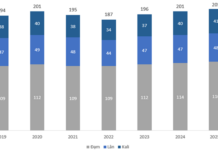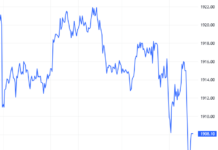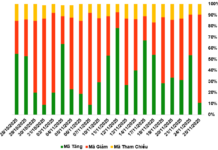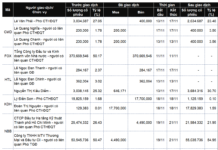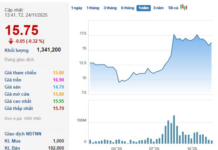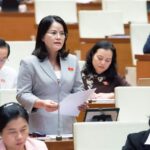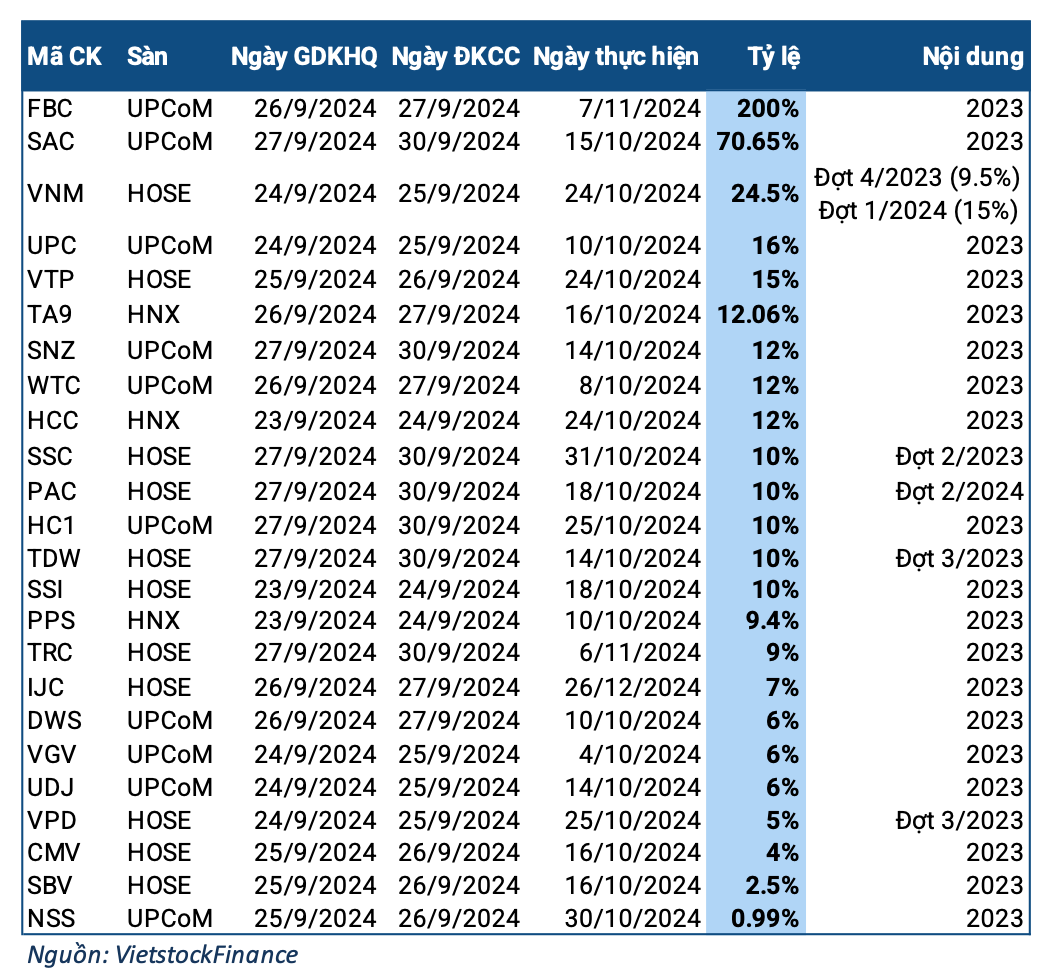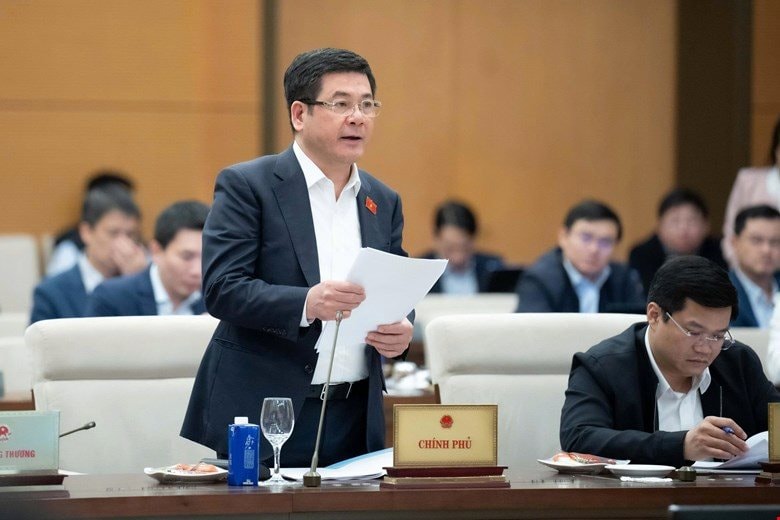
Minister of Industry and Trade Nguyen Hong Dien delivers a speech. Photo: quochoi.vn
During the National Assembly Standing Committee’s evening session on November 24, discussing the National Energy Development Plan for 2026–2030, the offshore wind power development mechanism took center stage with significant financial figures. According to the draft, to participate in this arena, proposing enterprises must meet stringent financial criteria, notably a minimum charter capital of VND 10,000 billion and equity capital of at least 15% of the total project investment.
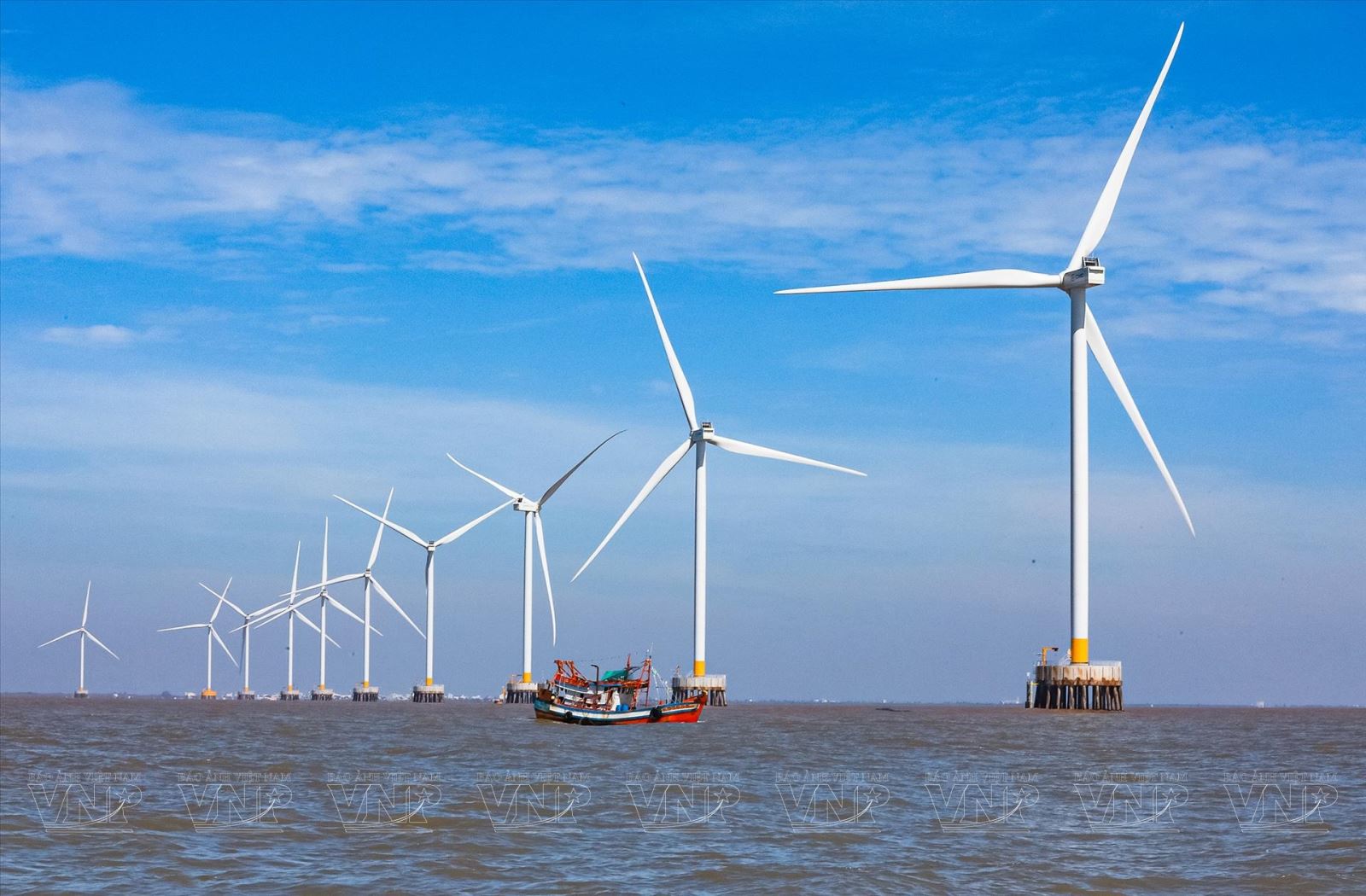
Tan Thuan Wind Farm. Illustration Photo: Le Minh/TTXVN
The government’s move to establish this financial “filter” comes amid the colossal investment requirements for offshore wind power, ranging from tens to hundreds of trillions of VND depending on capacity. These high financial standards aim to weed out underqualified investors from the outset, preventing project hoarding, delays, or speculative transfers.
Beyond capital requirements, the draft introduces transparent competitive mechanisms to select investors when multiple enterprises register for the same location. Priority is given to projects offering lower electricity prices, followed by lower preliminary investment and stronger financial capacity. By January 1, 2031, provincial People’s Committees are expected to approve investment policies, streamlining administrative procedures for businesses.
To balance the investment efficiency of large-scale, long-term projects, the government proposes critical cash flow support mechanisms. These include waivers or reductions in sea area usage fees and a minimum 90% guaranteed electricity purchase during the loan repayment period.
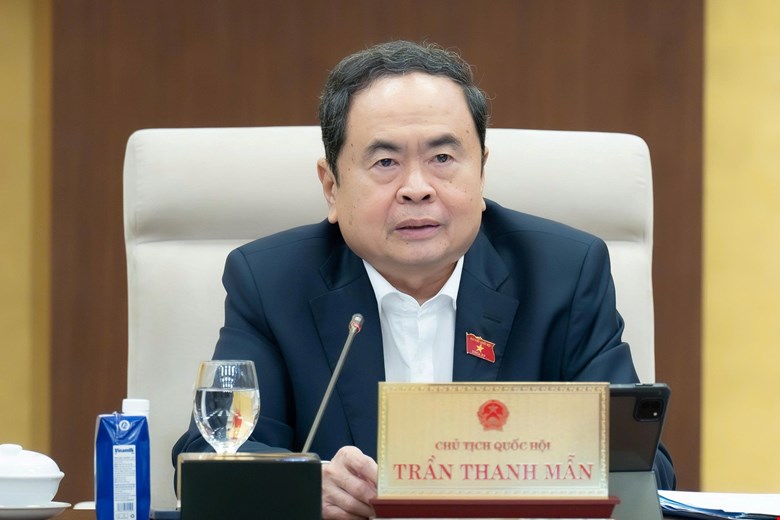
National Assembly Chairman Tran Thanh Man speaks. Photo: quochoi.vn
However, the 90% purchase guarantee raises macroeconomic stability concerns. The National Assembly Chairman emphasized evaluating its fiscal impact, particularly the risk of indirect government guarantees increasing public debt. Issues like direct power purchase agreements (DPPA) and exchange rate risks in USD-denominated contracts also require clarification for market sustainability.
Power Development Plan VIII sets ambitious targets: 6,000 MW of offshore wind by 2030 and 17,500 MW by 2035. Despite interest from domestic and foreign groups, Vietnam faces challenges like insufficient geological and wind data, and underdeveloped logistics infrastructure, according to the Minister of Industry and Trade.
Legal frameworks for these projects are under review to align with the Investment Law, Land Law, and asset collateral regulations. The National Assembly Standing Committee is cautiously considering allowing foreign law application in BOT power projects and land use rights as collateral with international financial institutions, to avoid legal loopholes or conflicts with existing laws.
Similarly, the VND 10,000 billion threshold applies to another hot sector: digital assets. Under Resolution No. 5/2025/NQ-CP dated September 9, 2025, trading platform operators must also meet this minimum charter capital. This financial tightening favors traditional financial institutions like banks, securities firms, fund managers, and insurers, which already possess robust capital and risk management frameworks.
Offshore Wind Farm Projects Require Unanimous Approval from Five Ministries
The Ministry of Industry and Trade has proposed stringent requirements for offshore wind power investors, including a minimum charter capital of VND 10,000 billion, a minimum equity capital of 15% of the total investment, and mandatory consensus from five ministries before participating in project development.
Proposed Digital Asset Seizure to Secure Enforcement of Court Judgments
In providing feedback on the draft of the Civil Enforcement Law (amended), members of the National Assembly suggested that intellectual property assets, data, and software should be classified as specialized assets. These should be subject to seizure and processing in accordance with guidelines jointly issued by the Ministry of Justice and the Ministry of Science and Technology.
Evolving Banks: The Rise of Multifunctional Financial Conglomerates
Many banks have established comprehensive models, integrating banking, life insurance, non-life insurance, securities, fund management, and are now expanding into digital assets.
International Financial Hub: Localizing Innovation, Not Replicating It
Vietnam’s ministries, agencies, and localities are working diligently to finalize the legal framework and infrastructure necessary for the country’s International Financial Center to commence operations in November. Experts emphasize that while Vietnam has the advantage of learning from international experience, it must focus on localization rather than mere replication.
















